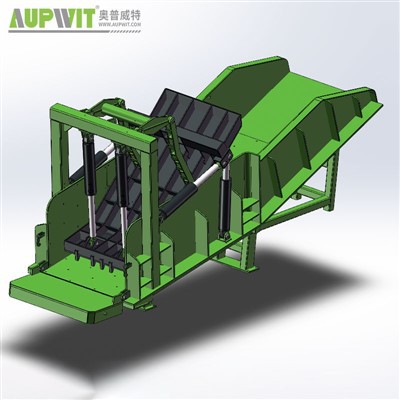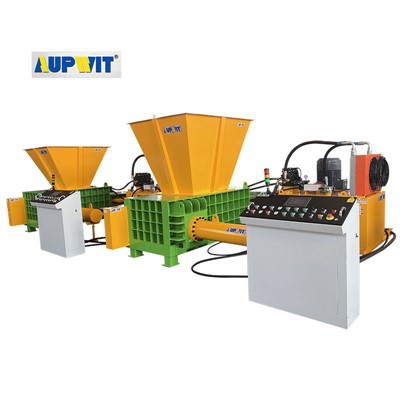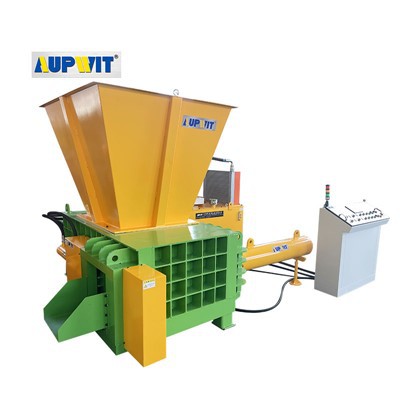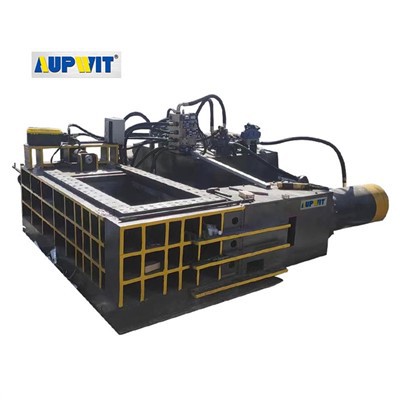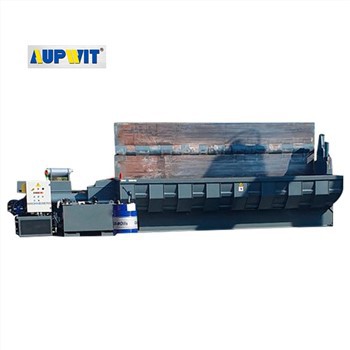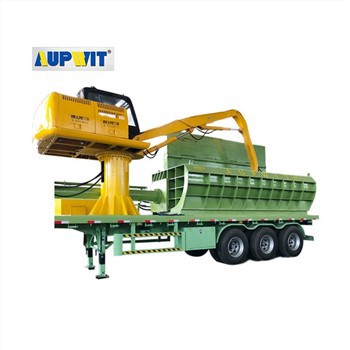Cardboard Baling Press Efficiency Guide
Understanding throughput capacity and optimization factors
Press Types & Throughput Capacity
Semi-Automatic Models
Ideal for small businesses and warehouses with moderate volumes
- Manual feeding system
- Compact footprint
- Easy operation
- Low to medium workload capacity
Automatic Industrial Presses
Designed for manufacturing facilities and recycling centers
- Automated feeding systems
- Conveyor integration
- Advanced compression
- High throughput capacity
High-Performance Models
For optimal conditions with continuous operation
- Pre-sorted materials
- Uniformly flattened boxes
- Minimal downtime
- Industrial-grade components
Efficiency Optimization Factors
Box Preparation
Flattened boxes with minimal air gaps compress more efficiently than bulky, unflattened ones.
Maintenance
Regular lubrication and hydraulic system checks prevent downtime and maintain consistent performance.
Material Density
Higher density cardboard requires more compression power but results in tighter bales.
Continuous Operation
Minimizing start-stop cycles maximizes throughput in automatic systems.
Key Considerations
- Scalable solutions: Different press types match various operational scales
- Workflow integration: Automated systems require proper material handling setup
- Space requirements: Higher capacity models need more floor space
- Power needs: Industrial presses may require three-phase electrical supply
Cardboard box baling presses offer scalable efficiency solutions, from small business operations to high-volume industrial needs, playing a crucial role in waste management and material recycling workflows.


